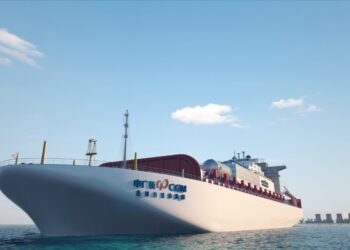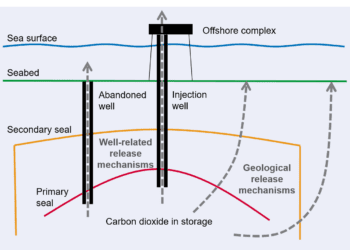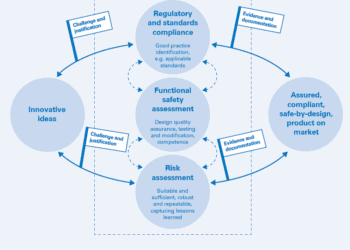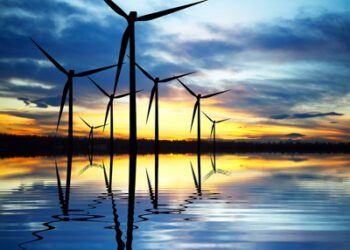Towards Net Zero: Hazards, risks and opportunities
Greenhouse gas emissions and the corresponding climate change have the potential to cause indiscriminate loss of life on a global scale. The net zero energy transition is a globally interconnected challenge that is vital to safeguard humanity’s future. However, like every human endeavour, it comes with inherent hazards, risks and opportunities.
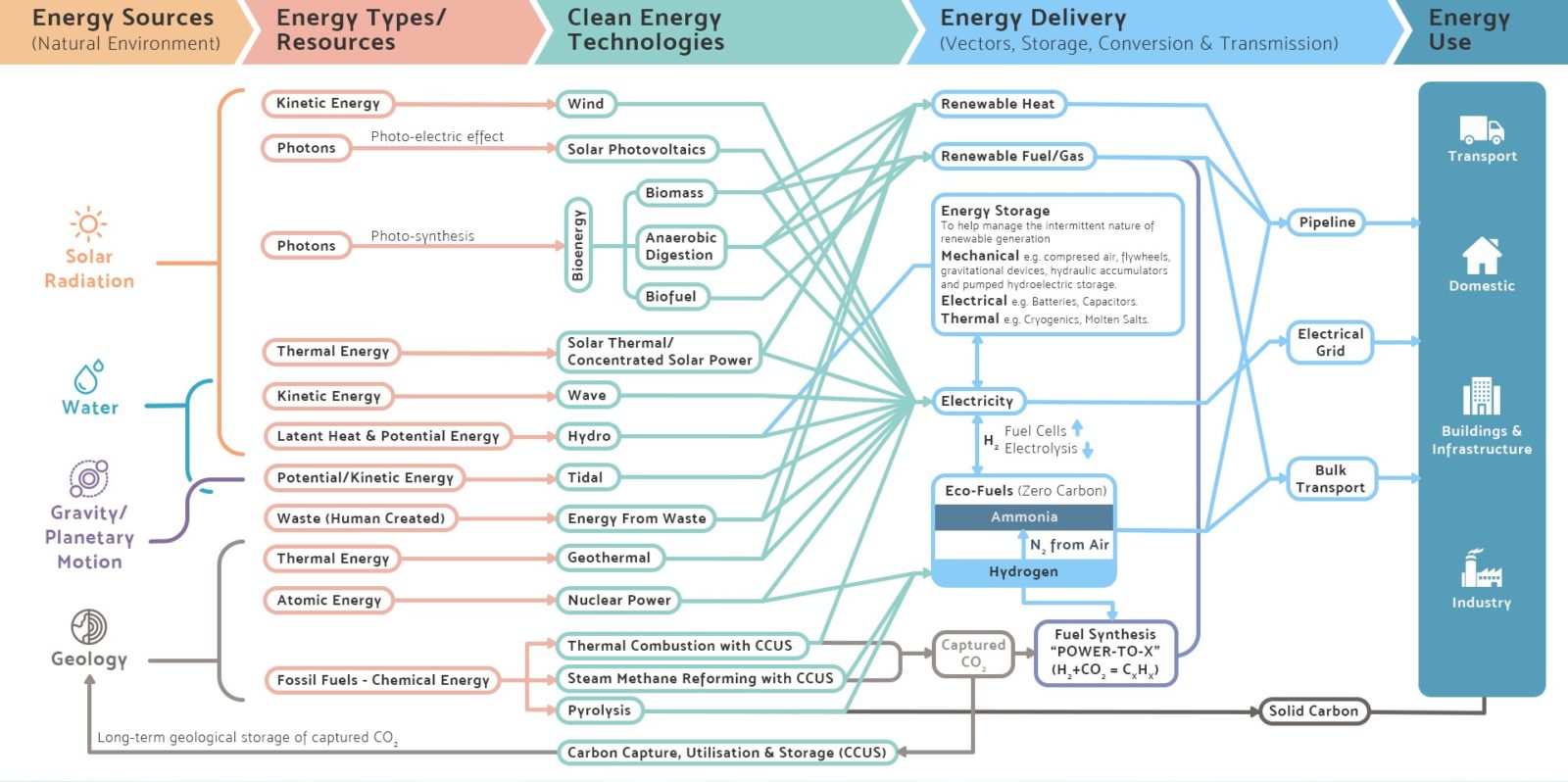
Figure 1 – Pathway to a clean energy future
THE PROBLEM
Until now, the free and uncontrolled discharge of greenhouse gases has largely been business as usual for economies and communities around the world. Achieving net zero will necessitate the wide-scale application of low or zero emission clean energy technologies, such as renewables, which have a lower power density than the traditional greenhouse gas emitting power stations. With a much larger area required to deliver the equivalent power, energy systems are being forced to pivot from large centralised production to decentralised energy generation spanning regions and geographies to facilitate the net zero energy transition.
Technological innovation must be relied upon to deliver solutions, with hopes of meeting net zero pinned on immature or emerging technologies with intrinsic risk: There are many known unknowns and potential unknown unknowns.
Renewable energy generation in electrical networks has been a good news story, with wind and solar power leading the way. These established technologies are available and are being deployed at scale. However, the volume of intermittent renewable power now being generated demands large-scale, efficient and effective energy storage to balance supply and demand.
Electricity is the low hanging fruit in global decarbonisation; the most significant change is at the supply end of the grid, with some adaptation to electrical network management owing to decentralised power flows, but critically no end-user modifications are required (for a constant power demand). The journey to net zero becomes increasingly more difficult as it ventures into wider sectors such as heat, industry and transportation, where more significant change is required throughout the energy supply chain to facilitate clean energy consumption for the end user.
What is clear, though, is that the sheer scale of the challenge requires a range of clean energy technologies to provide this pathway to a clean energy future (see Figure 1).
UPSKILLING
The growth of clean energy technologies will need to be mirrored by a growing resource of competent engineers, including risk and safety practitioners. This resource ramp-up could be met through migration from traditional fossil fuel-based industries. However, adapting from heavily regulated industries to innovative, often unregulated sectors, presents an obvious challenge. Education, training and coaching, tailored to specific technologies and industries as they decarbonise, may be a key enabler of the net zero energy transition.
INNOVATING SAFELY
There is no single technological panacea available to meet net zero. A variety of clean energy sources and conversion and delivery technologies in a wide range of applications are needed. This requires simultaneous innovation on a number of fronts, which has its risks and rewards. Innovation can be jeopardised by imbalanced safety and risk management. Insufficient early input can hinder innovation as a major incident would set back not just that project, but the emerging technology sector as a whole. Equally, disproportionate risk management can drive costs up, smothering creativity. The challenge is to innovate safely, striking a balance between risk and reward.
VIVE LA DIFFERENCE!
The collaboration between nations, organisations and sectors necessary to address the global net zero energy transition also comes with risk. The confluence of different cultures and ways of getting things done can bring significant creative benefits. However, there is the risk of these very differences causing problems, such as trade disputes, inconsistent engineering standards, varying appetites for risk, or regulatory divergence. Navigating such differences successfully will become increasingly important to ensure clean energy technologies can be deployed at the required pace and scale across borders.
Equally important is persuading the public that this transition is safe – a challenge exacerbated in a world of fake news. Hydrogen is a good example: whilst many national energy policies are pinning net zero hopes on hydrogen, public perception is tainted by historical accidents. The challenge is to demonstrate safety and risk management good practice to all stakeholders, including the public, as ultimately the end users of energy are crucial stakeholders in the energy transition.
INFRASTRUCTURE & INTERFACES
Infrastructure associated with the traditional generation, conversion, delivery and consumption of energy will need adapting or upgrading, for example, converting coal-fired power stations to run on biomass, using existing oil and gas exploration and production infrastructure for CO2 capture and storage, and using existing natural gas pipeline networks to distribute hydrogen. Repurposing often-ageing infrastructure presents its own risk and safety challenges.
Co-location of clean energy technologies is often desirable to maximise operational efficiency, but introduces interface risks, where hazards associated with one technology my affect the other. Furthermore energy vectors, such as hydrogen, span a wide range of sectors such as power generation, transport and heating, with interfaces at every stage from generation to consumption, making holistic risk assessment quite challenging. Adapting existing safety and risk management tools and techniques to address new situations will likely play a critical role in managing new interface risks.
CRADLE TO GRAVE
It is vital that energy system assets operate safely, effectively and reliably throughout their lifetime to ensure the net zero transition is realised. The most effective method of risk reduction throughout the lifecycle is to ‘engineer-out’ lifecycle risks during concept design and detailed design. This must consider sustainability, for example end-of life decommissioning, disposal and recycling, otherwise there is a danger of harming the environment and undermining the positive strides towards net zero. Assuring reliability, availability and maintainability throughout the lifespan of a product or facility will be fundamental to achieving the net zero vision.
TOWARDS NET ZERO
The discipline of safety and risk management is not new, and its principles have stood the test of time across many industries. The challenge is in applying safety and risk management good practice in such a way as to enable the net zero energy transition, taking care to manage known unknowns and address unknown unknowns as they materialise.
Early safety and risk engagement, taking a proportionate and pragmatic approach, and adapting tried and trusted tools and techniques will enable the commercialisation, rampup and scaling required of clean energy technology.
Learning lessons from other industries, sharing knowledge across sectors, and adopting the ‘no commercial barriers to safety’ philosophy will all contribute to facilitating the path to net zero.
CONCLUSION
Safety and risk management has the potential to be a strategic enabler of the net zero energy transition.
Employing geography- and technology-agnostic risk management good practice will help keep people safe, whilst enabling decarbonising clean energy technology to be deployed confidently and at scale.
The saying “more speed, less haste” applies; by doing the right things at the right time and adopting a proportionate and pragmatic approach, safety and risk management practitioners can help make the net zero energy transition actually happen.

